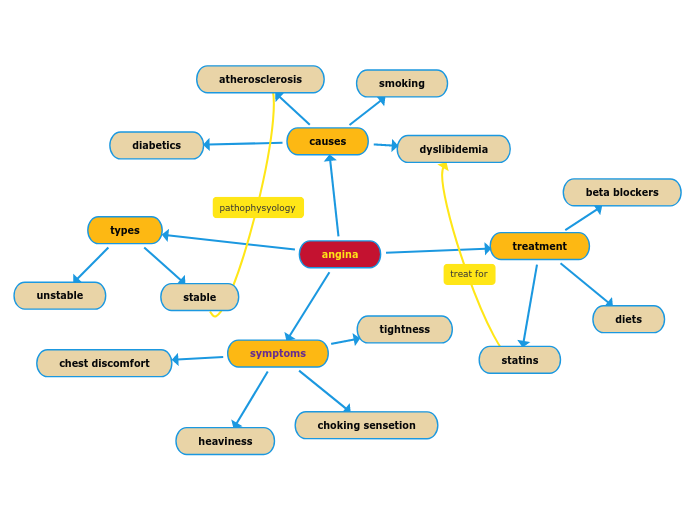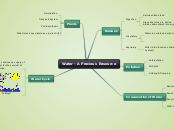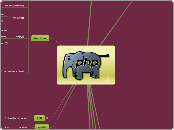Anatomy
Members:
Hazar Yufla
Nicole Romero
Systems and functions
Skin
Skin is the body's largest organ. It protects us from external factors, and is our first defense against bacteria, viruses and other pathogens.
helps us to
Regulating our body temperature and eliminating waste through perspiration
Some skin Irregularities that are usually symptoms of a skin disorder include
Excessive redness
Changes in the color or size of a mole
A rash, which may be painful or itchy
Raised red or white protuberances
Scaly skin
Body parts involved:
Lower extremities
hips, thighs, legs, knees, feet.
Upper extremities
for example
neck, shoulders, chest, arms, back, fingers.
Respiratory System
Respiratory system allows oxygen to be obtained from the outside for incorporation into the cells and to expel the carbon dioxide produced as a result of cellular activity.
Diseases affecting the respiratory system.
The flu
It's a contagious respiratory disease caused by the influenza virus.
some symptoms may include
fatigue (tiredness)
Headaches
Muscular or body pains
Nasal discharge or congestion
Sore throat
Cough
Fever
Lungs
Gas exchange takes place in them.
They contract and dilate thanks
to the movement of the muscles located between the ribs and the diaphragm.
to their elastic properties.
They are protected by
A membrane that surrounds them called Pleura
The rib cage
Sternun
Ribs
They are composed of
Pulmonary alveolus
They are two sponge-like organs in the form of a sac.
Conducting Zone
Composed of
Bronchioles
Trachea
Larynx
Pharynx
Nose
The major functions of the conducting zone are to provide a route for incoming and outgoing air, remove debris and pathogens from the incoming air, and warm and humidify the incoming air.
Circulatory System
Circulatory system is responsible for moving blood, nutrients, oxygen, carbon dioxide and hormones around the body.
composed of
Heart
The heart is a hollow muscular organ that pumps oxygenated blood throughout the body and deoxygenated blood to the lungs.
Blood vessels
Veins
Arteries
Blood
Blood carries oxygen and nutrients to the tissues and eliminates waste.
Blood it's a type of fluid connective tissue.
Glóbulos Rojos
Plasma
Plaquetas
Glóbulos Blancos
Urinary System
The urinary system helps eliminate urine, the waste product formed in the body.
It is made up of:
.
Muscular System
It is made up of 650 muscles that aid in movement, blood flow and other bodily functions.
There are three types of muscle
cardiac muscle
smooth muscle
Skeletal muscle
Digestive system
It is made up of a series of connected organs, which allow food to be broken down and absorbed, and waste to be disposed of.
Includes
Mouth, esophagus, stomach, small intestine, large intestine, rectum and anus.
The liver and pancreas also play an important role in the digestive system as they produce juices that help break down food, bile and pancreatic juice.
The first sign of digestive tract problems often includes one or more of the following symptoms:
Swallowing problems
Stomach pain
Nausea and vomiting
Incontinence
Constipation
Diarrhea
Nervous System
It controls voluntary actions (conscious movement) and involuntary actions (unconscious movement such as breathing), and sends signals to different parts of the body.
Nervous System
Peripheral Nervous System
It is formed by the nerves that connect each part of the body with the central nervous system.
Central Nervous System
Spinal Cord
Brain









